Lipstick has always been a cosmetic product popular among women. Don’t talk about the brands or colors, I think every woman has at least one lipstick.
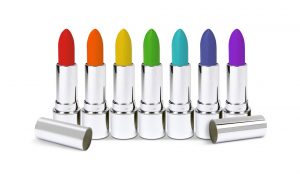
However, do you know what? Your favorite lipstick, it is made of the corpse of the insect…so, are you still willing to like it?
Carmine is one of the components in many lipsticks, that is widely used as an edible red pigment. It’s also added into many kinds of food, from yogurt and ice cream to soft drinks, cakes and donuts.

It is made from blood which comes from the insect called Cochineal(Scientific Name: Dactylopius coccus).
The Cochineal or its another name Cochineal dye, is a small insect with white snow appearance and eats cacti, and its body is full of red blood. At the time of harvest, people use air compressors to suck them from the cacti, then crush them, filter them, and finally the beautiful bloody carmine is produced.
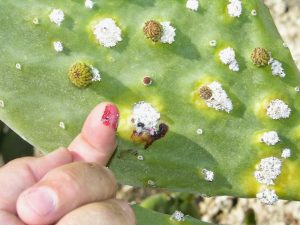
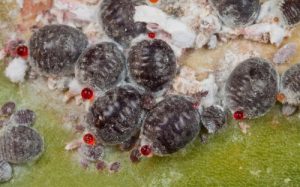
In search of the word “carmine” on foods which contain it, you may not find it out. Instead, it my be said like “natural red four”, “crimson lake” or E120 (a food additive classification number).
Wow, it means that every time we apply lipstick, we are kissing the body of the Cochineal. So stimulating!
If it makes you feel a little disgusting, there are also some alternatives to talk about. Synthetic carmine, also known as New Coccine, edible red 7, Ponceau 4R, Bright Scarlet, is a coloring agent in aqueous solution. The molecular formula is C20H11N2Na3O10S3.

However, it’s toxic and even carcinogenic.
In September 2007, the British Food Standards Agency commissioned the University of Southampton to study the effects of artificial pigments on the development of children, and it found that six types of Pigments: Tartrazine, Sunset Yellow FCF, Azorubine, Synthetic Carmine, Quinoline Yellow WS and Allura Red AC have side effects on children’s intelligence and may lead to behavioral problems, such as ADHD.
After such a comparison, besides nausea, Cochineal is very pure and natural without pollution, right?
It also led to the economic development of Peru’s main producing region: according to the Peruvian Embassy in the United Kingdom, the country has a 95% market share of the international market. This has created job opportunities for no less than 32,600 farmers.

The demand for carmine continues to increase. According to reports, 70,000 insects can only produce 500 grams of dye, and prices have skyrocketed in recent years due to the limited supply.
Last year, Peru exported 647 tons of carmine, for a total value of $46.4 million (33 million pounds). In 2013, it was 531 tonnes valued at $22 million. It means that the price of carmine has increased by 73% per tonne in the last four years.
This condition just like you do not like eating insects and feel it’s disgusting, but the reality is that insects are too expensive to buy. Although news about lipstick is disgusting or carcinogenic are endless, it is still difficult for women to give up lipstick.
The history of lipstick can be traced long ago. The first lipstick was discovered in the Sumerian civilization, but the oldest people who love lipstick the most must be ancient Egyptians. The ancient Egyptians loved makeup – without distinction of sex, they makeup every day. The color of the lipstick is also very wide: black, purple and blue.
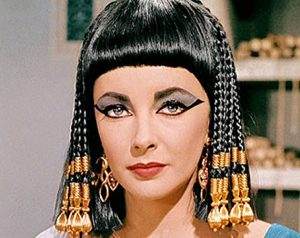
Cleopatra VII is a well-known lipstick influencer. Her favorite color is magenta, which is still the classic color of lipstick. Another famous lipstick influencer is Elizabeth I, UK, she loves deep red. She is convinced that the lipstick has the power of healing and when she was sick or withering, she would apply a lot of lipstick. On the day of her death, she used about 1.25cm lipstick.

The status of lipstick has been ups and downs.
At the beginning of Greek civilization, lipstick was considered a prostitute supply.
During the Roman Empire, lipstick became the new darling of the elite aristocracy.
In the Middle Ages of Europe, religion emphasized that “a masked woman is the incarnation of Satan”, and the lipstick reveals the mystery of evil sorcery.
The lipstick is stable in 1867. The first store in the history of cosmetics – the New York B.Altman store opened a patent on cosmetics that can be applied to the sputum and lip. During the demonstrations of women’s suffrage in New York in 1912, lipsticks and cigarettes become the symbol of women’s liberation.
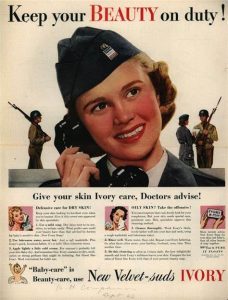
The peak of lipstick was during the second world war.
In the 1940s, lipstick manufacturers proposed a counter-propaganda strategy – linking lipstick to war: women who apply lipstick can bring enormous positive energy to soldiers. So lipstick has been transformed into a morally patriotic symbol at that time.
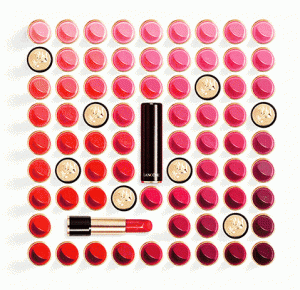
In general, lipstick is a weapon for the dynamism and strength of women since ancient times. It is not hard to understand why women love their lipstick deeply. What about kissing the body of an insect? The focus that you can get more beautiful on the decoration of the lipstick.
If you have any questions, please leave us a message below.

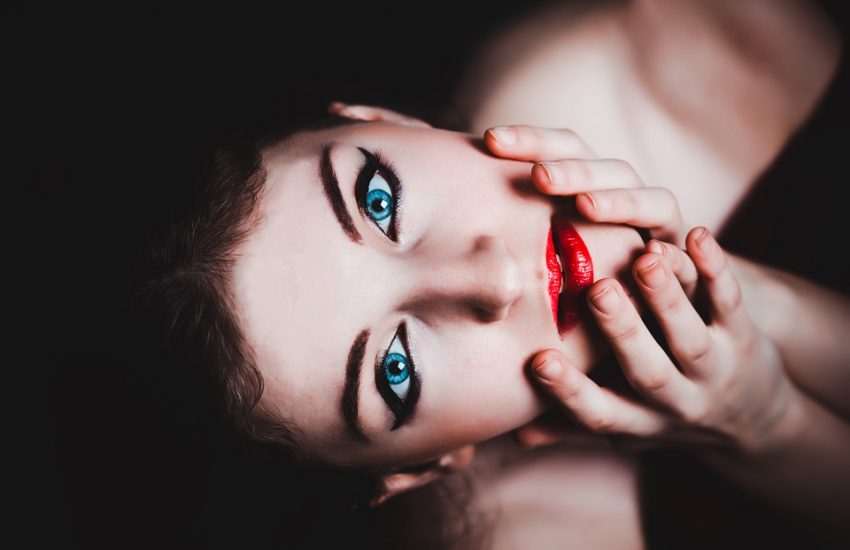



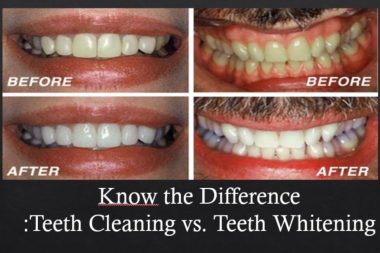

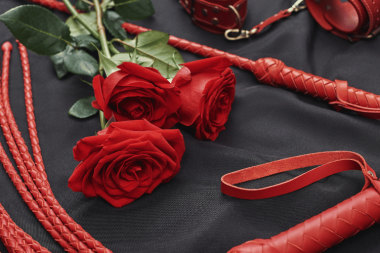


Leave a Reply